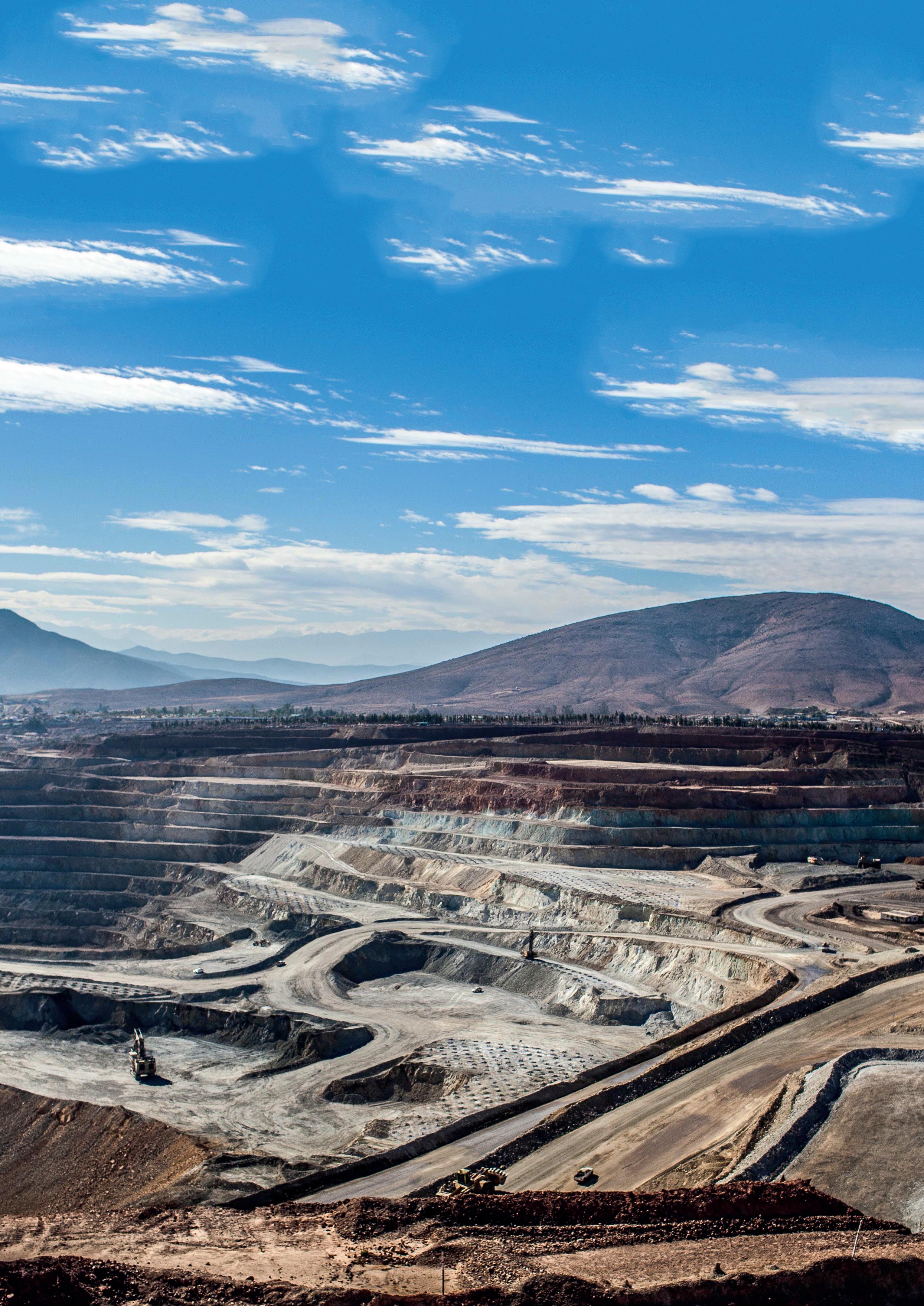
6 minute read
Blasting A New Dimension
Timothy Ross, Orica, Australia, discusses how innovations in bulk explosives can offer mines greater flexibility, control, accuracy, and efficiency.
Blasting has traditionally been considered in three dimensions (width, length, and depth); however, decisions on the application of explosives are often 1D in relation to the powder factor being applied to the blast. This typically results in the same explosive blend and density of product being applied to each blasthole across a blast pattern. Given the varying geological conditions across every bench, and sometimes within individual blastholes, formulating an explosive blend that delivers truly optimised blast results has been a major feat, with technological capabilities of explosives manufacturing systems being a key hurdle to cross.
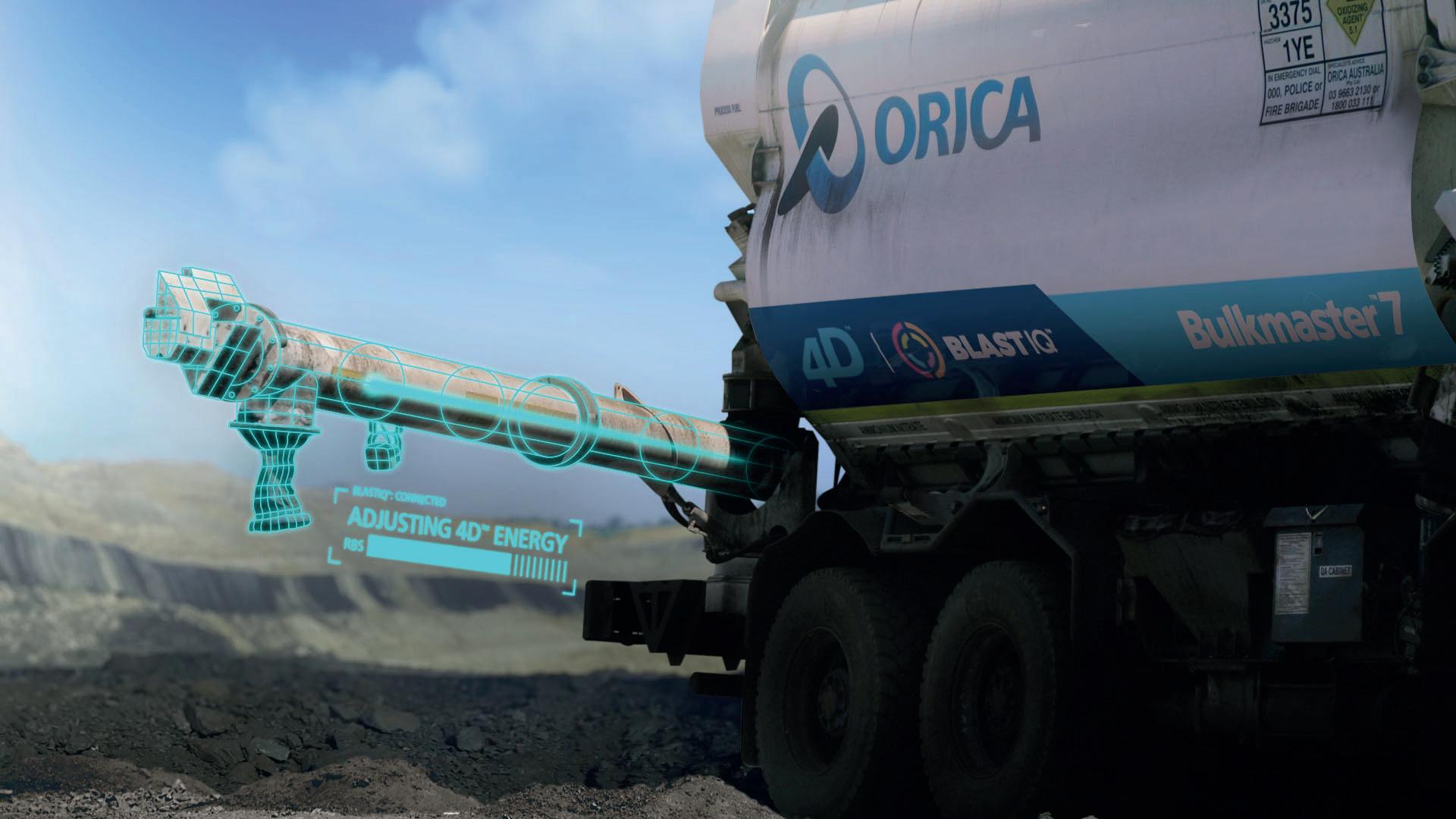
Figure 1. The advanced formulation of 4DTM emulsion blended with ammonium nitrate porous prills enables both pumped and augered loading methods for improved productivity of explosives delivery.
Figure 2. 4D enables the seamless matching of the required energy to rock strength, in order to target the desired blast outcomes.
Figure 3. 4D-enabled MMUTM, equipped with LOADPlusTM smart loading system and a unique formulation, enables the real-time adjustment of 4D energy without the need to change product type or raw materials.
Figure 4. Convergence of Orica’s technologies powering the 4D bulk system.
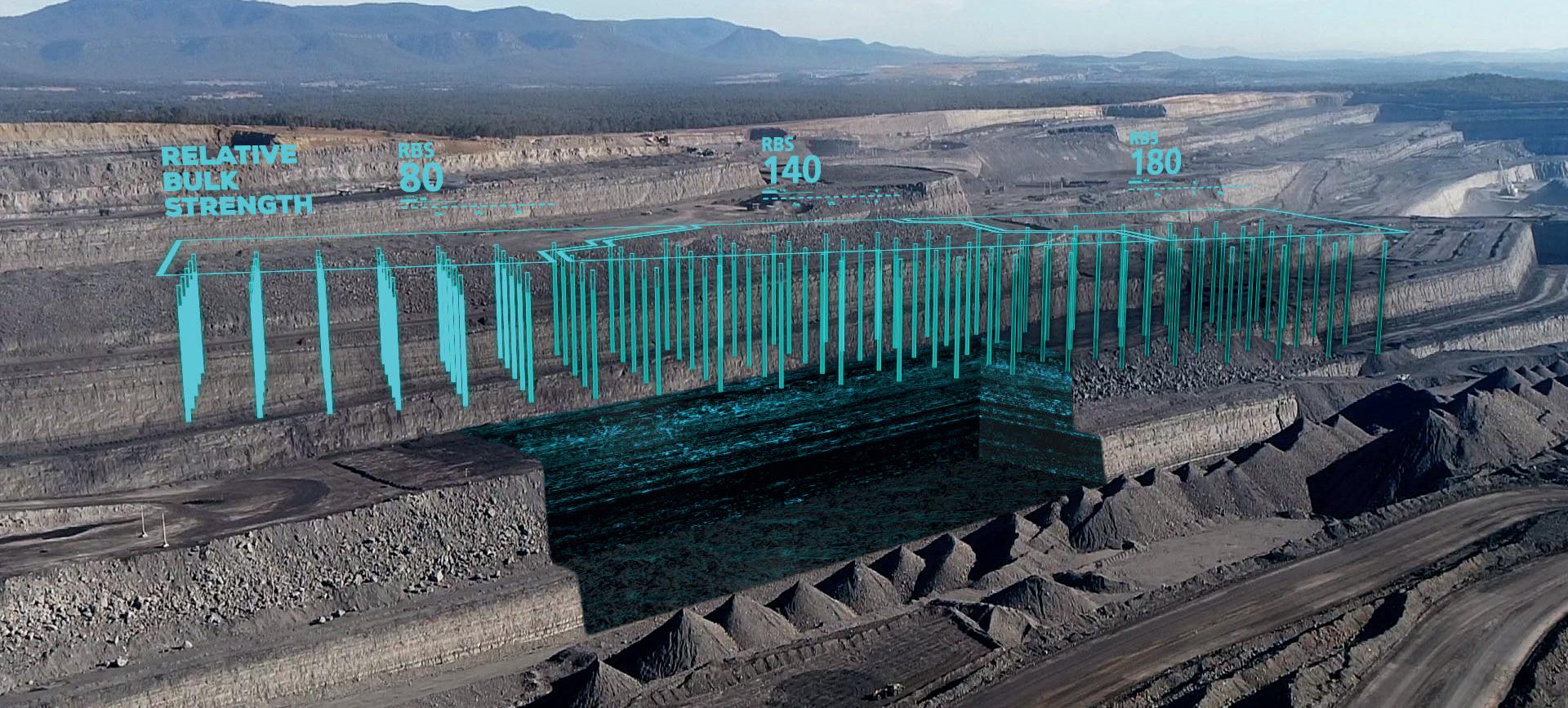
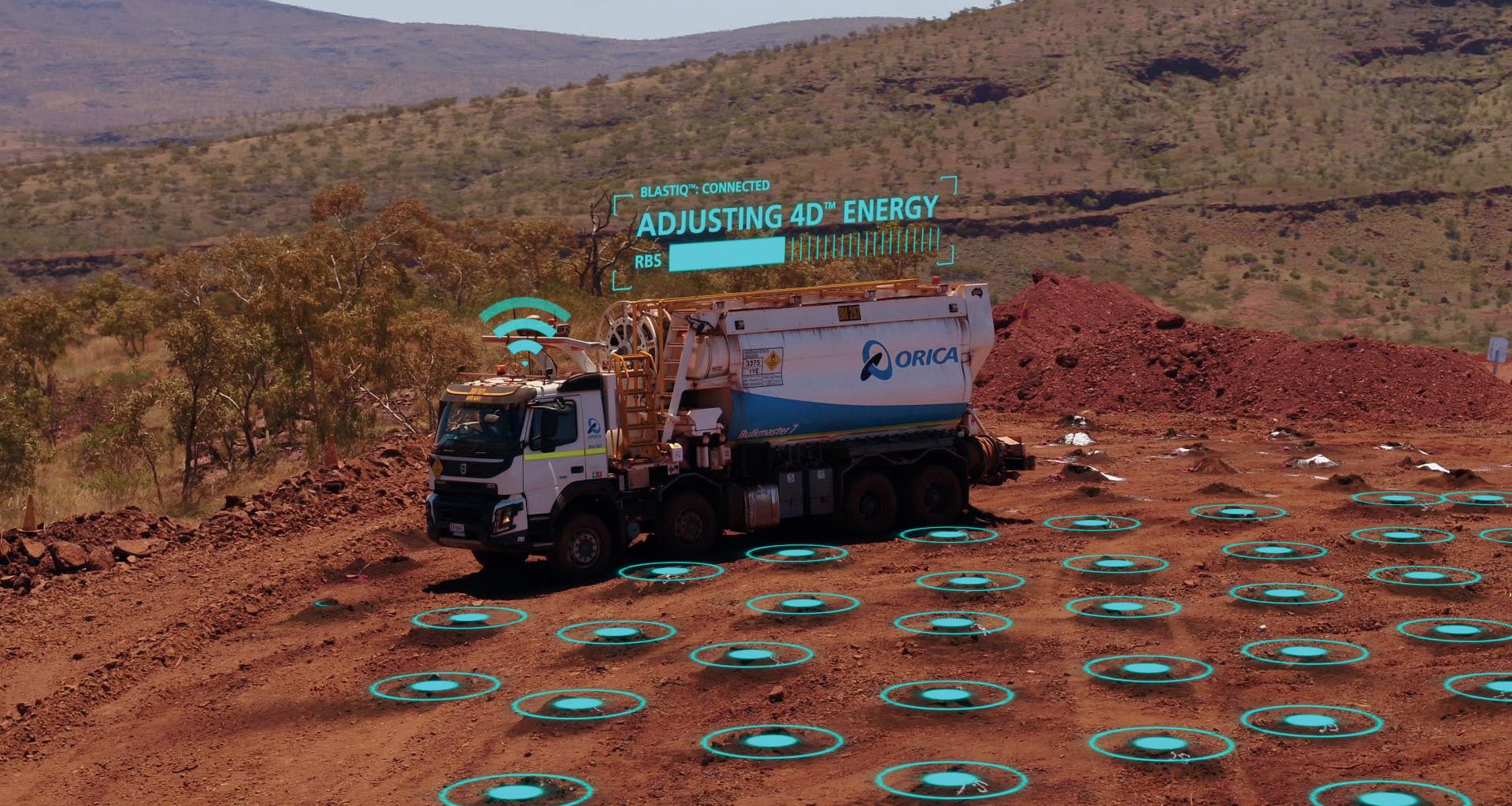
In response to this, Orica, a leading mining and infrastructure solutions providers, recently unveiled its newest innovation for bulk explosives that will provide mines with optimised blasting productivity and greater cost efficiency.
A single bulk explosive system capable of tailoring energy in real time
4DTM is Orica’s latest bulk explosives system that enables the real-time tailoring of explosives energy to geology across a blast. Expected to deliver improvements in fragmentation, on bench productivity and an overall reduction in drill and blast costs, the proprietary technology comprises a blend of emulsion and ammonium nitrate porous prills. This means that the formulation suits all hole conditions (dry, wet, or dewatered) and can be executed through both pumped and augered loading methods.
The development of 4D reinforces the company’s commitment to innovation, and is in line with its customer-centric technology roadmap, as well as its vision of transforming drill and blast operations to unlock greater mining value and create safer and more productive blast outcomes for its customers.
The 4D bulk system is currently available to the surface mining segment, with an increased ranged of energies that can deliver up to 23% more relative bulk strength for hard rock applications, and a 43% reduction in energy for soft rock or technical applications.
An outcome of this capability is a truly optimised blasting operation through Orica’s advanced fleet of 4D-enabled mobile manufacturing units (MMUTM), without the need to change raw materials in the MMU.
The 4D bulk system delivers the required energy matched to geology more intelligently by dynamically varying product blends and density to suit ground conditions or blasting objectives, irrespective of hole conditions.
Versatility and flexibility to suit all hole conditions and rock profiles
In softer geology, the lower energy is expected to reduce over-blasting in soft, wet ground, resulting in lower explosives consumption and reducing overall blasting cost. Improved vibration control and a reduction in post-blast fumes are also expected outcomes as a result of better matching the energy to rock hardness in wet conditions. Furthermore, by matching energy to geology, mines will achieve a more consistent muckpile with improved excavation productivity. For sites with long sleep times, the ability to auger-load low energy, water-resistant 4D explosives into dry holes provides insurance from adverse weather events. Operators in the hard rock mining segment can expect improved fragmentation in ore blasting, increased excavator
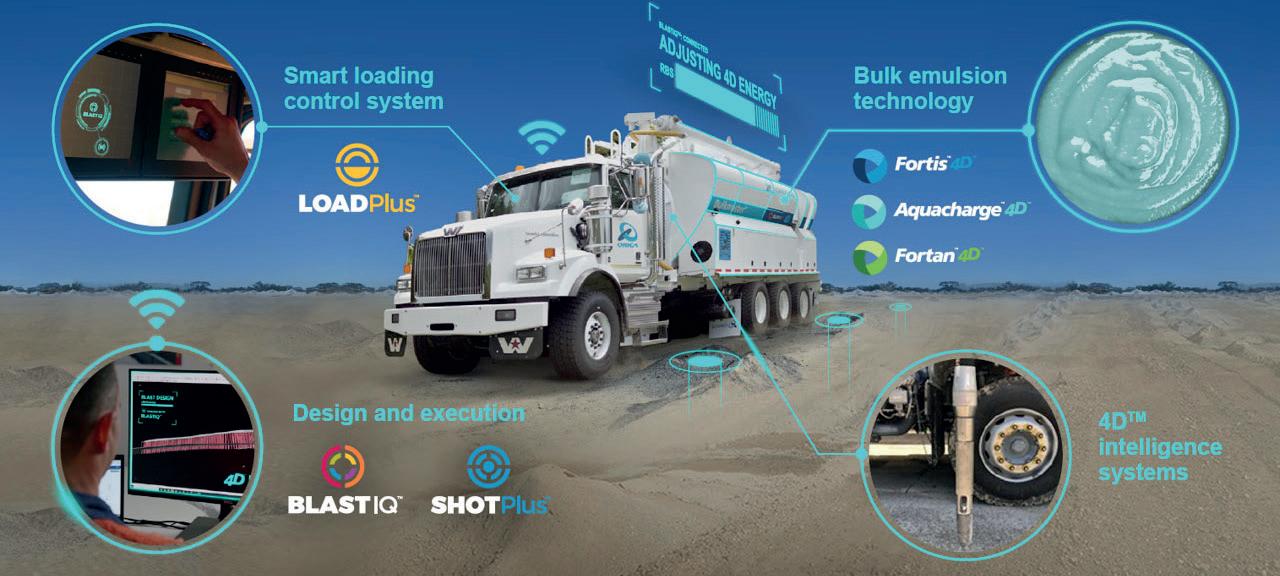
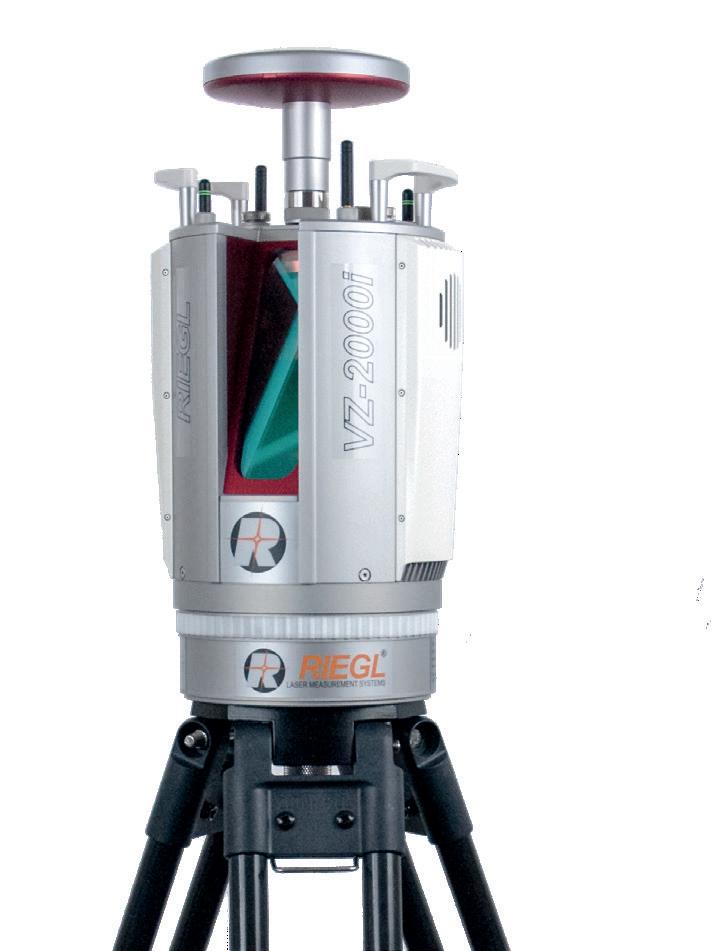
productivity, and better mine-to-mill outcomes with the potential of real-time increases in energy. The added energy can be used to expand patterns while maintaining the same energy per bank cubic metre, thus reducing the amount of drilling, explosives, and initiating systems required. Mines can also apply different energy to ore and waste in the same blast, and leverage 4D to reduce overblasting or to satisfy technical applications such as buffer blasting for wall control.
Environmentally, by enabling the loading of lower energy products in damp or wet holes in softer geology, the system reduces the risk of blast fumes and nitrate leaching, resulting in greater environmental compliance. Greater vibration control can also be achieved with 4D, especially when blasting near communities or sensitive infrastructures, as real-time energy tailoring enables mines to blast within their maximum instantaneous charge weight.
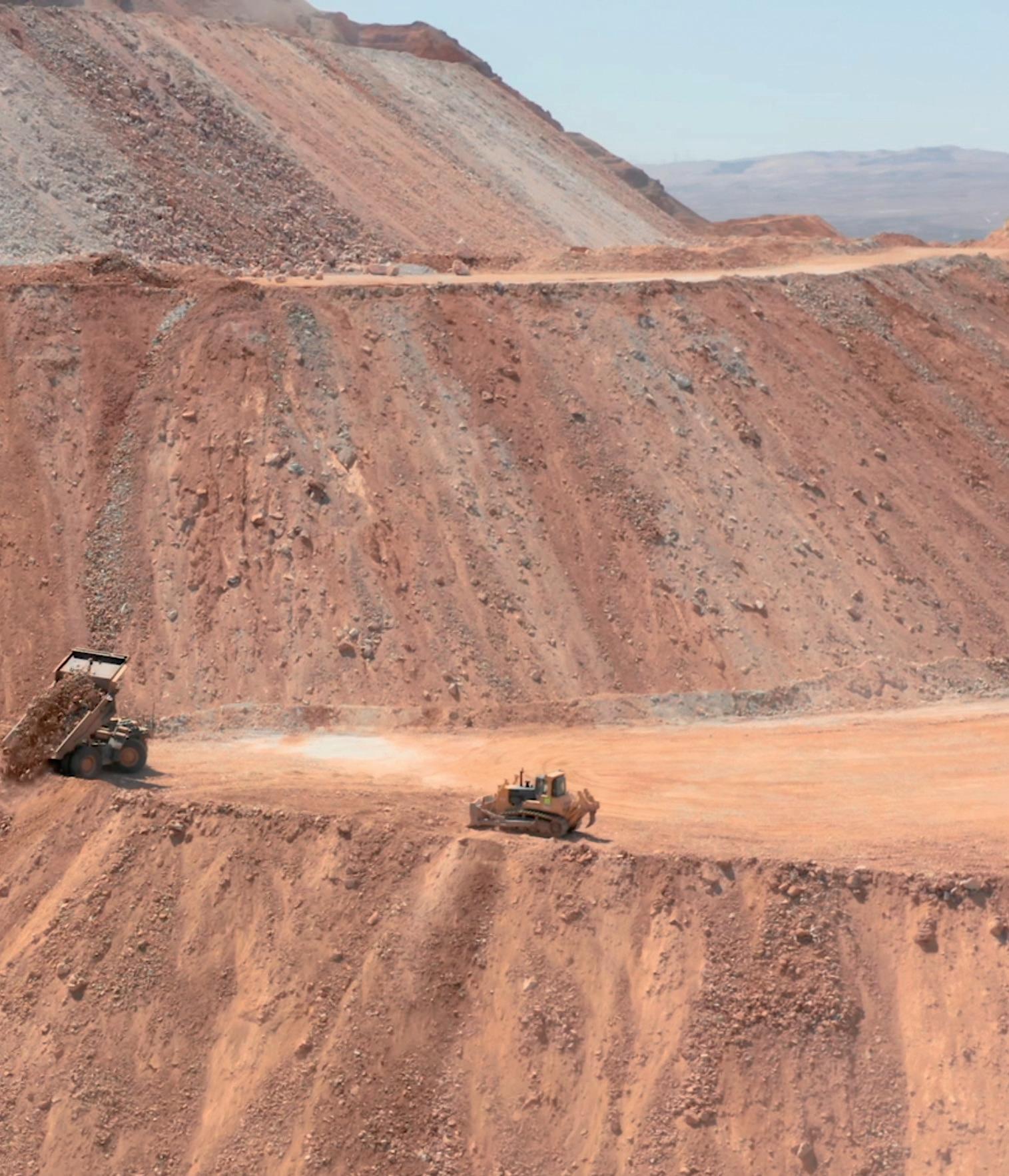
An integrated system embedded with cutting-edge technologies
The system is the culmination of Orica’s advanced range of technologies, including the company’s proprietary emulsion chemistry that enables rapid chemical sensitisation and significantly lower densities to be achieved and maintained. Central to the 4D innovation is an upgraded fleet of Orica BulkmasterTM and PumpmasterTM MMUs that will be equipped with a new gassing chemical system, as well as an upgraded proprietary smart process control system called LOADPlusTM, which ensures accurate and efficient loading of the required explosive blends and densities.
The 4D bulk system is an integrated system that incorporates formulation expertise, blasting know-how, state-of-the-art digital tools including process control, and reliable MMUs.
The convergence of the company’s technologies will see 4D deliver more intelligently by dynamically varying the product to suit ground conditions or blasting objectives. Importantly, it will enable customers to think differently, mine more efficiently and operate more precisely.
The 4D-enabled MMUs will be equipped with digital technologies, such as the next generation blast optimisation platform BlastIQTM, that synthesises as-loaded blast data to help improve product quality control and assurance. Additionally, with a suite of advanced applications that seamlessly interfaces with the BlastIQ, such as SHOTPlusTM, blast designs can be wirelessly transferred to the MMU to streamline blasthole loadings according to blast designs, making manual input and errors a thing of the past.
Conclusion
When used holistically, these technologies can offer mines greater flexibility, control, accuracy and efficiency in blasting, with domains being identified across the bench based on historical drill and blast records from measure-while-drilling data or prior benches.
RIEGL VZ-i SERIES LASER SCANNERS
FOR MINING
WATCH OUR VIDEO
Mining Apps for RIEGL VZ-i Series Scanners
RIEGL MINING APPS FOR REAL TIME ANALYSIS AND PROCESSING
RIEGL VZ-i Series
for highest accuracy and optimal performance:
• ranges up to 2500 m, accuracy 5 mm • customized apps written in Python programming language • cloud connectivity for remote operation and data transfer via LAN, Wi-Fi, and 3G/4G LTE
RIEGL Mining Apps
for highest efficiency in the field:
• flexible scan data acquisition scheduling • flexible threshold value setting • no extra software required – webserver on scanner for browser-based data and result publication
Monitoring App
data comparison and visualization of differences to the reference data set
Design Compare App
data comparison to a given 3D design model, visualization of undercut and overcut
Slope Angle App
calculation and visualization of local slope angles and the areas above the critical slope angle
Explore the full portfolio of proven RIEGL LiDAR sensors and systems www.riegl.com










